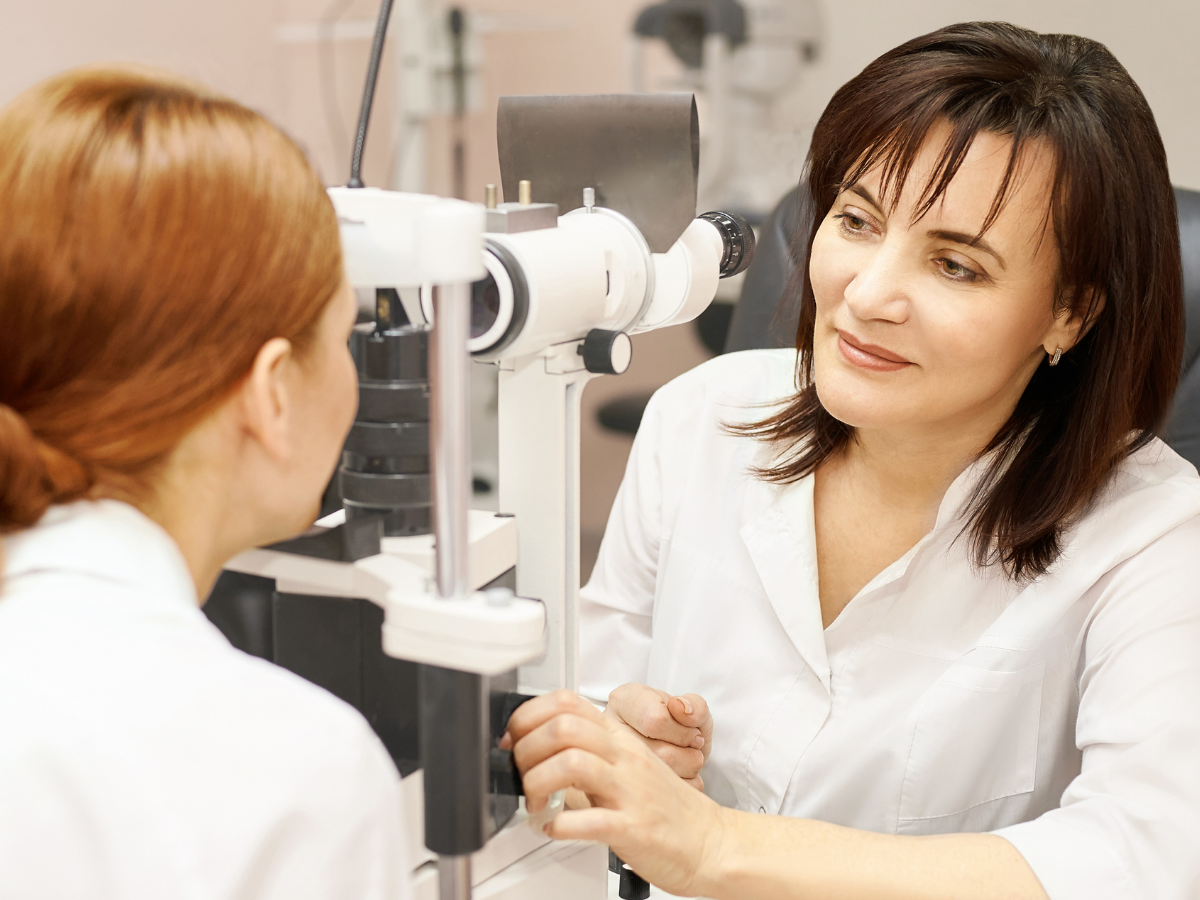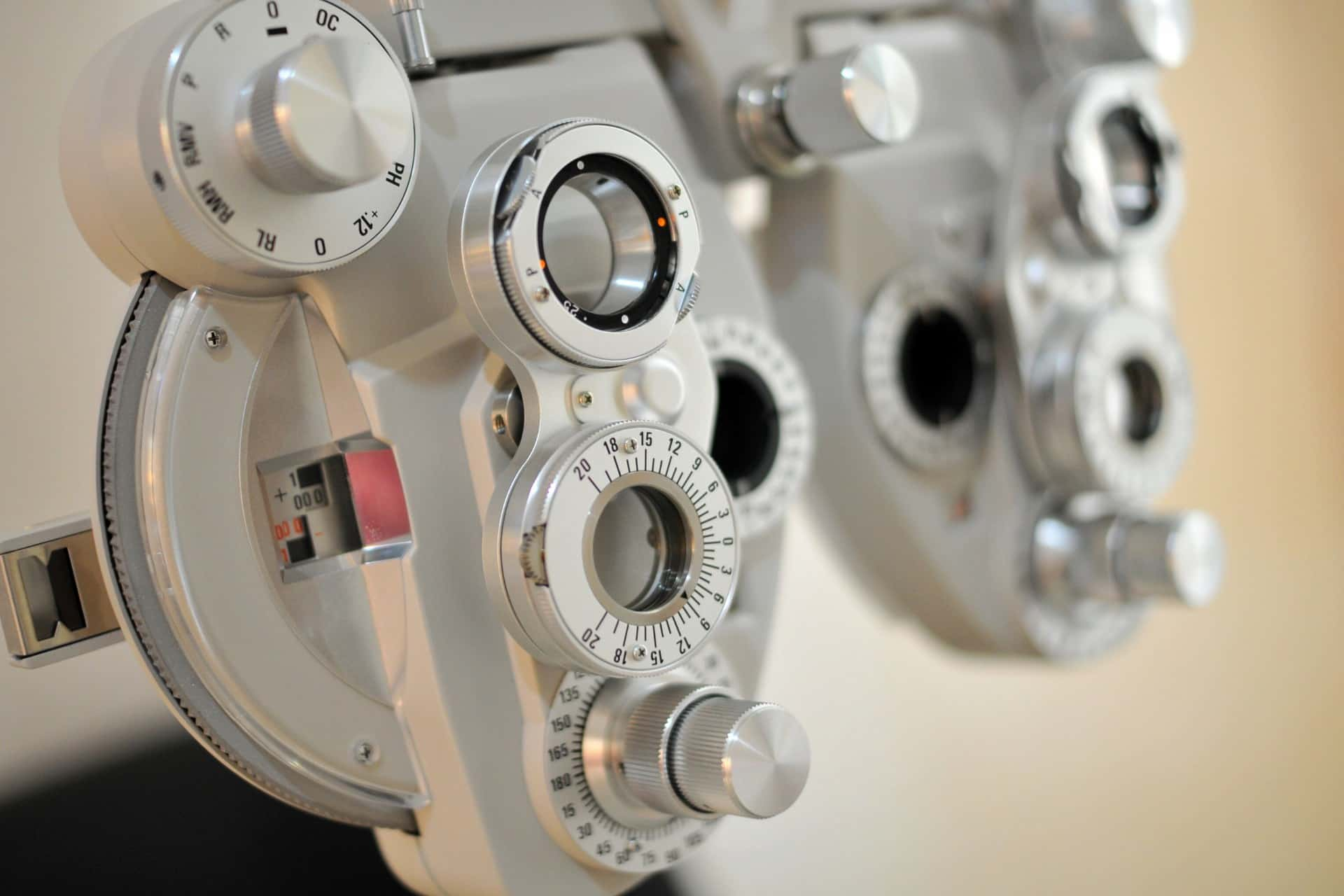

The world of optometry is undergoing a significant transformation, driven by advancements in technology that are reshaping how eye care professionals diagnose and treat vision issues. The integration of new devices into the optometric field not only improves the accuracy of diagnoses but also enhances the overall patient experience. One leading example of a provider embracing these innovations is Fort Worth Eye Center, an optometrist in Fort Worth, TX, dedicated to offering cutting-edge eye care solutions.
In this blog, we will explore some of the most significant technological advancements in optometry, focusing on how these tools are enhancing vision care for patients. From advanced imaging systems to telehealth consultations, the tools being utilized by optometrists are making eye care more effective and accessible than ever before.
Advanced imaging technologies are at the forefront of revolutionizing how eye conditions are diagnosed. Traditional methods of eye examinations relied heavily on visual assessments and basic imaging techniques. However, with the advent of Optical Coherence Tomography (OCT) and fundus photography, optometrists can now obtain detailed cross-sectional images of the retina, enabling them to detect conditions like glaucoma, diabetic retinopathy, and macular degeneration at much earlier stages.
OCT provides a non-invasive way to visualize the layers of the retina in high resolution. This technology allows eye care professionals to monitor the progression of eye diseases more effectively and customize treatment plans based on individual patient needs. By employing such advanced imaging systems, practitioners can ensure that patients receive the most accurate diagnoses and appropriate interventions in a timely manner.
Another significant advancement in the field is the introduction of automated refraction systems. These devices streamline the process of determining a patient’s prescription for glasses or contact lenses. Traditional refraction methods required patients to make subjective judgments about lens clarity, which could lead to inaccuracies. In contrast, automated systems utilize advanced algorithms and digital technology to provide precise measurements of refractive errors.
This technology not only speeds up the examination process but also enhances patient comfort. Patients can expect a more efficient visit, with shorter wait times and a reduction in the tedious nature of refraction tests. Moreover, the data collected by these systems can be easily integrated into electronic health records, ensuring that patient information is organized and accessible for future visits.
The rise of telehealth has been a game changer for the healthcare industry, and optometry is no exception. Telehealth allows patients to consult with optometrists remotely, making eye care more accessible, especially for those in rural or underserved areas. With the help of secure video conferencing tools and specialized software, optometrists can conduct virtual consultations, assess symptoms, and even prescribe glasses or contact lenses without requiring an in-person visit.
This technology became particularly important during the COVID-19 pandemic, as it allowed patients to receive necessary eye care while minimizing exposure to the virus. Today, many optometrists continue to offer telehealth services as a permanent option, providing convenience for patients who may have difficulty traveling to appointments or those with busy schedules.
Smart glasses and wearable technology are also becoming more prevalent in the field of optometry. These devices can monitor eye health in real time and provide users with valuable feedback regarding their vision. For example, smart glasses can track eye movements and blink rates, providing data that can be useful in diagnosing and managing conditions like dry eye syndrome or digital eye strain.
Additionally, wearable technology can help individuals who suffer from visual impairments. Devices equipped with voice recognition and augmented reality features can assist users in navigating their environments, reading text, and even recognizing faces. By leveraging such innovations, optometrists can offer patients tailored solutions that improve their quality of life and independence.
Artificial intelligence (AI) is making its way into various aspects of healthcare, including optometry. AI algorithms can analyze vast amounts of data from patient records, imaging tests, and clinical studies to assist optometrists in diagnosing conditions more accurately. For instance, AI can help identify subtle changes in retinal scans that may indicate the early stages of eye diseases, facilitating timely interventions.
Furthermore, AI can enhance patient education by providing personalized information about eye health based on individual risk factors and medical history. By incorporating AI into their practices, optometrists can improve diagnostic accuracy and patient engagement, ultimately leading to better outcomes.
The integration of technology into optometry not only streamlines processes but also significantly enhances the patient experience. Digital tools, such as appointment scheduling apps and reminders, make it easier for patients to manage their eye care. Additionally, virtual reality (VR) tools are being used in some practices to educate patients about eye health and treatment options, offering an engaging way to learn about their conditions.
Moreover, the use of electronic health records ensures that patient information is readily available and up-to-date, allowing for seamless communication between different healthcare providers. This holistic approach to patient care fosters a more cohesive experience, where patients feel informed and empowered regarding their eye health.
The advancements in technology are significantly reshaping the landscape of optometry, leading to enhanced patient care and improved health outcomes. As optometrists like those at Fort Worth Eye Center continue to embrace these innovations, patients can look forward to a future of eye care that is more efficient, accessible, and tailored to individual needs. The combination of advanced imaging, automated systems, telehealth services, wearable technology, and artificial intelligence exemplifies how the field is evolving to meet the demands of a changing world. Embracing these changes ensures that patients receive the best possible care, making eye health a priority in our increasingly tech-driven society.







